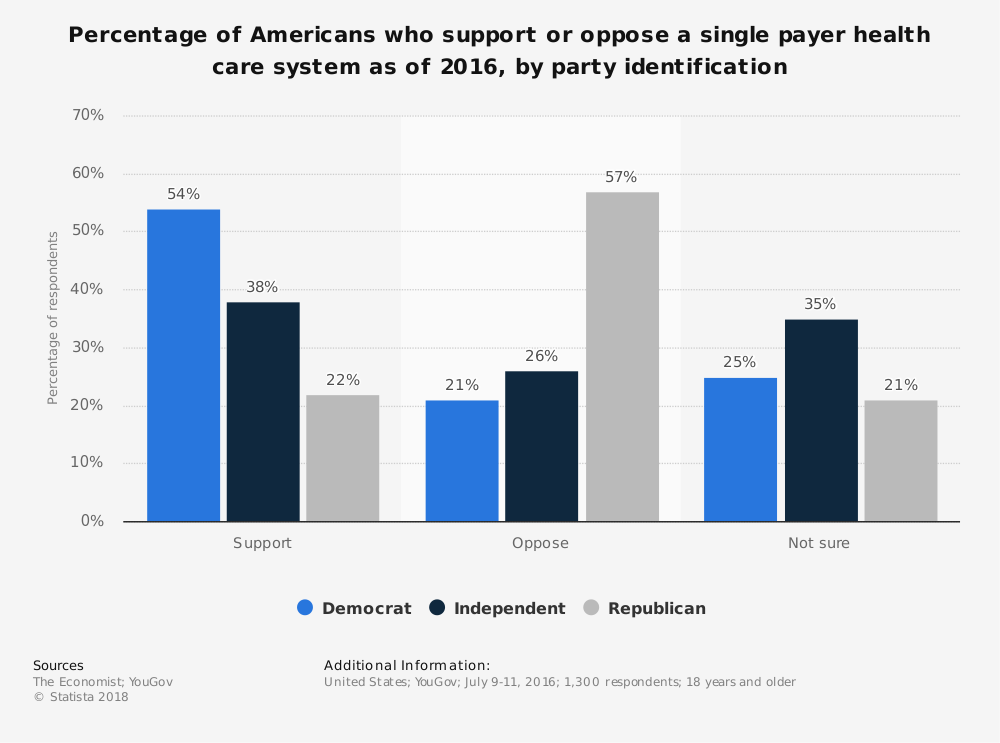Although requireds continue to be added as health insurance requirements, they are controversial. Patient advocates declare that requireds assist to guarantee adequate medical insurance security while others (especially medical insurance business) grumble that mandates increase the cost of healthcare and medical insurance. Mandated medical insurance laws passed at either the federal or state level usually fall into one of three classifications: Health care services or treatments that must be covered, such as substance abuse treatment, contraception, in vitro fertilization, maternity services, prescription drugs, and smoking cigarettes cessation.
Dependents and other associated individuals, such as adopted kids, dependent trainees, grandchildren, and domestic partners. The mandated advantage laws frequently apply to medical insurance protection provided by companies and private health insurance purchased directly by an individual. Many people whether for or against mandates agree that mandated health advantages increase medical insurance premiums.
1% to more than 5%. Attempting to figure out how a mandated benefit will impact an insurance coverage premium has been very complicated. The required laws differ from one state to another and even for the same mandate, the guidelines and regulations might differ. For example: The majority of states mandate protection for chiropractics physician, however the number of permitted sees might vary from state to state.
Since chiropractic doctor services can be costly, the impact on health insurance coverage premiums may be higher in the state with the more generous benefit. Furthermore, the lack of mandates might likewise increase the expense of health care and health insurance coverage premiums. If somebody who has a medical problem goes without necessary healthcare since it is not covered by his/her insurance, she or he might end up being sicker and require more expensive services in the future.
( B) STATES MIGHT REQUIRE ADDITIONAL BENEFITS.( i) IN GENERAL.Subject to the requirements of provision Addiction Treatment (ii), a State might need that a qualified health insurance provided in such State offer benefits in addition to the important health benefits specified under section 1302( b).( ii) SPECIFY MUST ASSUME COST.Replaced by section 10104( e)( 1 ). A State will make payments( I) to a private registered in a certified health plan Alcohol Detox offered in such State; or (II) on behalf of an individual described in subclause (I) directly to the certified health insurance in which such individual is enrolled; to settle the cost of any fringe benefits described in provision (i).
Things about Which Level Of Health Care Provider May Make The Decision To Apply Physical Restraints To A Client?
The decision did not impact other provisions. The information on this web page continues to reflect state actions resolving the ACA. For NCSL's upgraded summary and analysis of the Court's choice and its results see: U.S. Supreme Court and Federal ACA The state areas of this online report are a casual summary explanation of state and federal requirements and are not meant as legal recommendations.
February 1, 2021 DETROIT, February 1, 2021 Health Alliance Plan, a Michigan-based nonprofit health strategy, announced today that it has actually included five prominent.
The Act specifies specific classifications of benefits as "Important Health Advantages." The categories of essential health benefits are: Ambulatory patient services Emergency services Hospitalization Maternity and newborn care Mental health and substance utilize condition services, consisting of behavioral health treatment Prescription drugs Rehabilitative and habilitative services and devices Laboratory services Preventive and wellness services and chronic disease management Pediatric services, consisting of oral and vision care Health insurance, including self-insured plans, that cover Necessary Health Advantages (EHB) may not apply dollar annual or lifetime dollar limitations to the benefits.
The New York State Department of Health (DOH) announced the accessibility of $355 million under the Vital Healthcare Supplier Assistance Program (EHCPSP), as developed pursuant to Area 2825-c of the general public Health Law (PHL). The EHCPSP provides funding to essential health care providers that supports debt retirement, capital tasks or non-capital projects, for the purpose of facilitating their improvement through mergers, debt consolidation and restructuring activities intended to create economically sustainable systems of care.

Through RFA # 1510190320, Alcohol Rehab Center applications were awarded to necessary health care providers that have actually shown a dedication to developing ingenious designs of healthcare delivery. Awards were revealed on March 4, 2016. On March 23, 2016, the Department of Health hosted a webinar for recipients. The following guidance is offered: CRFP and EHCPSP Grants: Concerns and Answers.
Some Known Questions About When An Employee Takes Fmla Leave.
The uproar over brand-new suggestions that question cancer screening guidelines for women when and how typically to have mammograms and Pap smears lights up problems that will be faced once again and again in the battle to consist of health care expenses. Late in 2015, the U.S. Preventive Solutions Task Force (USPSTF) and the American College of Obstetricians and Gynecologists (ACOG) recommended raising the age for routine screenings for breast and cervical cancer and extending the time in between follow-up tests.
The USPSTF recommends ladies to wait until age 50 before receiving their very first mammogram, rather than age 40, and to be screened every two years instead of annually. The job force likewise recommends females stop mammograms when they reach age 75 and to stop self-examination. The job force says self-exams are not helpful in finding breast cancer, but do trigger stress and anxiety followed by unneeded, expensive tests.
The company likewise says women in their 20s with regular Pap smear results must be checked every 2 years rather of annually and that women in their 30s can wait 3 years. The suggestions are triggering controversy. The American Cancer Society (A/C), the Society of Breast Imaging (SBI) and the American College of Radiology (ACR) oppose reduction in the administration of mammograms.

If embraced, the impact of these recommendations extends beyond the female population. how to qualify for home health care. The country invests billions of dollars every year on diagnostic procedures associated with these and other cancers since, as in the case of all illness, cancer is more survivable when discovered in its early phases. The concern is what are vital health care expenses? Should there be limitations on tests and treatments? Are current standards in illness avoidance overly precautious and wasteful rather than proactive and cost-saving? Currently, personal health insurance providers, Medicare and Medicaid develop limitations through their policies, and a chief problem about the nation's present system is the failure of insurance companies to authorize treatments in specific scenarios.
There are some health care advantages you can depend on getting no matter what plan you select. The Affordable Care Act requires that all plans cover important health benefits for private and household plans and little group strategies. All of our plans use these required necessary health benefits: Outpatient services Emergency situation services Hospitalization Maternity and newborn care Psychological health and substance utilize condition, including behavioral health treatment Prescription drugs Corrective and habilitative services and devices Lab services Preventive and wellness services and chronic illness management Pediatric vision A few of these benefits, like preventive services, will be paid at one hundred percent without any copay.
